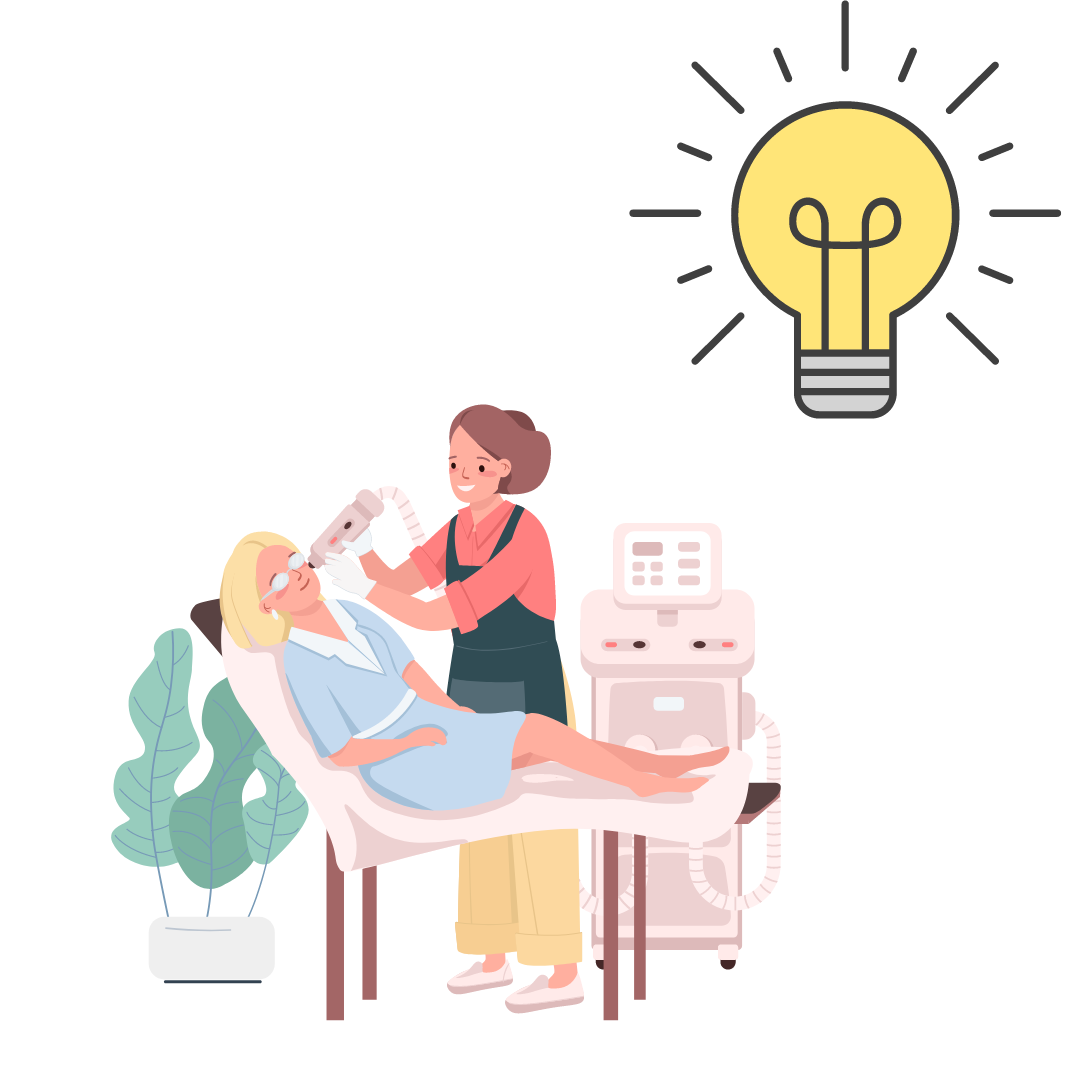Blog

The Impact of Exercise on Depression and Suicide Prevention: A 2023 Meta-Analysis
A 2023 meta-analysis found that moderate- to vigorous-intensity aerobic or resistance exercise, excluding mind-body activities like yoga, effectively reduced depressive symptoms with a comparable efficacy to psychotherapy and medication. The analysis also revealed that exercise may decrease suicide attempts in people with mental or physical illnesses. However, addressing psychological barriers such as low motivation and fatigue is crucial for successful exercise implementation, particularly as previous studies involved willing participants with professional support. Clinicians should prescribe specific exercise regimens, ideally supervised, and use behavioral change techniques to increase adherence. Exercise interventions are generally safe, though patients should be screened for pre-existing conditions to ensure suitability
Read More
How Phototherapy is Revolutionizing Pain Relief and Recovery
Phototherapy, or light therapy, is an exciting treatment option that’s being used in new ways to help with a variety of health conditions. While it has long been used to treat skin issues and newborn jaundice, recent studies show that different types of light may also help with pain relief, vision problems, and even conditions like migraines and fibromyalgia. Green light, for example, has been found to reduce pain from chronic conditions, while red light is being used to speed up muscle recovery for athletes. Though research is still developing, light therapy is showing promise as a natural, non-invasive way to treat health issues that are hard to manage with traditional medications.
Read More
New Study Shows rTMS Offers Lasting Relief for Fibromyalgia Pain and Mood
A recent study has found that repetitive transcranial magnetic stimulation (rTMS), a non-invasive treatment that uses magnetic pulses, can significantly help people with fibromyalgia. This technique targets the prefrontal cortex, a part of the brain involved in pain and emotions. Participants who received the active rTMS showed noticeable improvements in pain, mood, and overall quality of life, with these benefits lasting for six months after treatment. The procedure was generally well-tolerated, with only minor and temporary side effects like headaches. This promising result suggests that rTMS could be a valuable option for managing fibromyalgia, though more research is needed to refine the approach and understand its long-term effects.
Read More
2024 CANMAT Guidelines: Comprehensive Approaches for Managing Depression in Adults
The updated 2024 guidelines from the Canadian Network for Mood and Anxiety Treatments (CANMAT) provide new recommendations for managing depression in adults. For mild depression, supervised exercise (30-40 minutes, 3-4 times a week for at least 9 weeks) is suggested as a first-line treatment, while it can also be added to other treatments for moderate depression. Light therapy is recommended as the primary treatment for seasonal (winter) depression. For severe depression with psychotic symptoms, a combination of antidepressant and antipsychotic medications is advised. First-line psychological treatments include cognitive-behavioral therapy (CBT), interpersonal therapy (IPT), and behavioral activation (BA). There are 17 recommended antidepressants, including SSRIs and SNRIs, tailored to individual needs and depression severity. For difficult-to-treat depression, adjunctive medications like aripiprazole and brexpiprazole are useful. Maintaining antidepressant treatment for up to 12 months after remission is advised, with longer durations for those at high risk of relapse. St. John’s wort is recommended as a complementary treatment for mild to moderate depression. Emerging treatments, such as esketamine, ketamine infusions, and repetitive transcranial magnetic stimulation (rTMS), are considered for challenging cases. These guidelines emphasize personalized treatment plans to effectively manage depression based on the individual's specific needs and circumstances.
Read More
How Your Diet Can Help Manage Chronic Pain: What the Latest Research Reveals
Over the past decade, research has explored how different diets and supplements can help manage chronic pain by targeting inflammation, oxidative stress, and other underlying mechanisms. A review of existing studies found that while many articles discuss these dietary approaches, only a small portion are original research. Most studies have focused on chronic musculoskeletal pain, such as back pain, knee osteoarthritis, fibromyalgia, migraines, and neuropathic pain. Some effective dietary interventions include plant-based diets, low FODMAP diets, ketogenic diets, and omega-3 supplements, all of which may help reduce pain and improve quality of life. However, the research quality varies, and more rigorous studies are needed to draw definitive conclusions. Generally, combining diet with other treatments, such as medication and physical therapy, is recommended for better pain management. This review highlights the importance of individualized dietary guidance as part of a broader strategy to alleviate chronic pain.
Read More